.jpg.36c608e70383985d48e031da9d024e1a.jpg)
The Minnesota Wild need to find a system suitable for their team in 2024-25. General manager Bill Guerin is looking for better results, and the Wild are mostly married to their current roster because they signed players to difficult-to-move trade clauses. If they can’t change the roster, they need to learn to play more consistently to have better results.
Minnesota will thrive if it plays with a defensive foundation. Last year, the Wild shut down scoring chances, but weak goaltending and difficulty turning their defense into offense hurt them. So what can the team do to expand on its defensive game and play a style that will help it win most of its games?
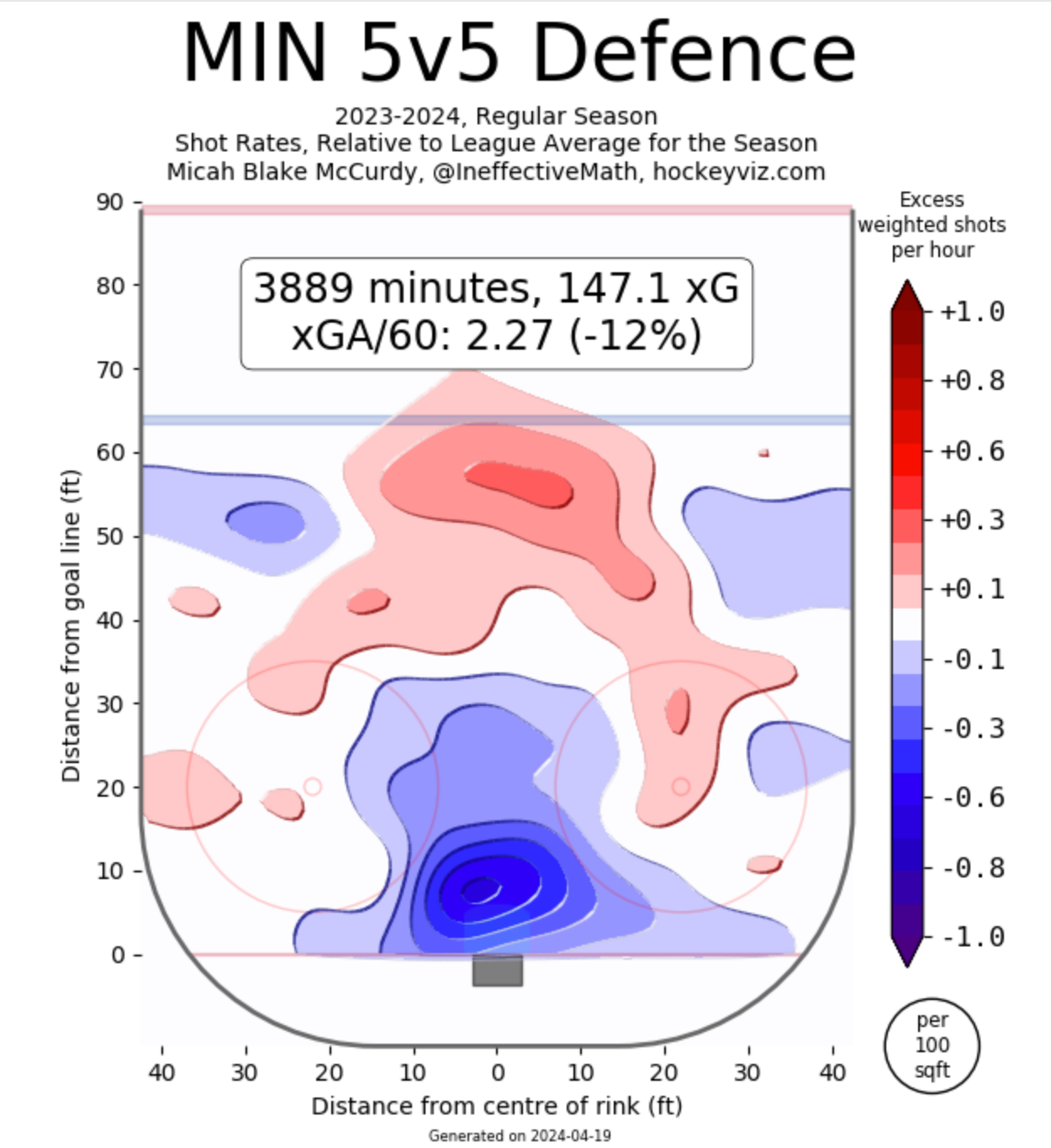
The Wild need to form a game plan centered around cleaner zone exits and entries. That will set them up to score more goals and win close games. A faster, more mobile system is made possible this year because of their young forward corps: Kirill Kaprizov, Matt Boldy, Joel Eriksson Ek, Marco Rossi, Marat Khusnutdinov, and Liam Ohgren. They represent youth, speed, and energy, which will help the team play north-south hockey for 60 minutes a night.
Rossi can use another season to cement himself in Minnesota’s top-six and can excel while playing with Kaprizov and Boldy on the top line. The Wild will be able to maximize Kaprizov with two promising young talents in Boldy and Rossi. Kaprizov would be the top puck handler on this line, but he needs support since opposing teams constantly swarm him defensively.
Boldy may not be fast, but his stick-handling makes him the perfect backup option for Kaprizov on zone entries. Rossi wouldn’t have pressure to be the best puck-handling forward out on the ice, allowing him to utilize his shot more while playing a two-way game that can get his line out of the defensive zone.

Therefore, the Wild can have a new shutdown line capable of handling a top-six workload. Eriksson Ek will still be their best center, but he would be in charge of shutting down the NHL's best on the second line. Khusnutdinov and Öhgren would be there to be difference-makers on the forecheck on his wings. Eriksson Ek’s veteran experience, combined with Khusnutdinov’s speed and Öhgren’s physical game, will keep opponents from breaking out of the offensive zone and make skating through the neutral zone a nightmare.
A Khusnutdinov-Eriksson Ek-Öhgren line should be a zone exit machine. Eriksson Ek and Öhgren can fight for pucks in the corners for days, then find Khusnutdinov to move up the ice. Khusnutdinov can either skate the puck into the offensive zone easily or dump the puck in the transition game, knowing either Eriksson Ek or Öhgren has a good shot to retrieve it.
Khusnutdinov and Öhgren aren’t Jordan Greenway and Marcus Foligno. The GREEF line used their size to dominate the shutdown game. Size won’t be the advantage with this group, but Khusnutdinov can play with more intensity than Greenway, and Ohgren will play with more skill than Foligno. As a bonus, Khusnutdinov can take faceoffs whenever Eriksson Ek is taken out of the faceoff circle. This line can be one of the league’s most underrated.
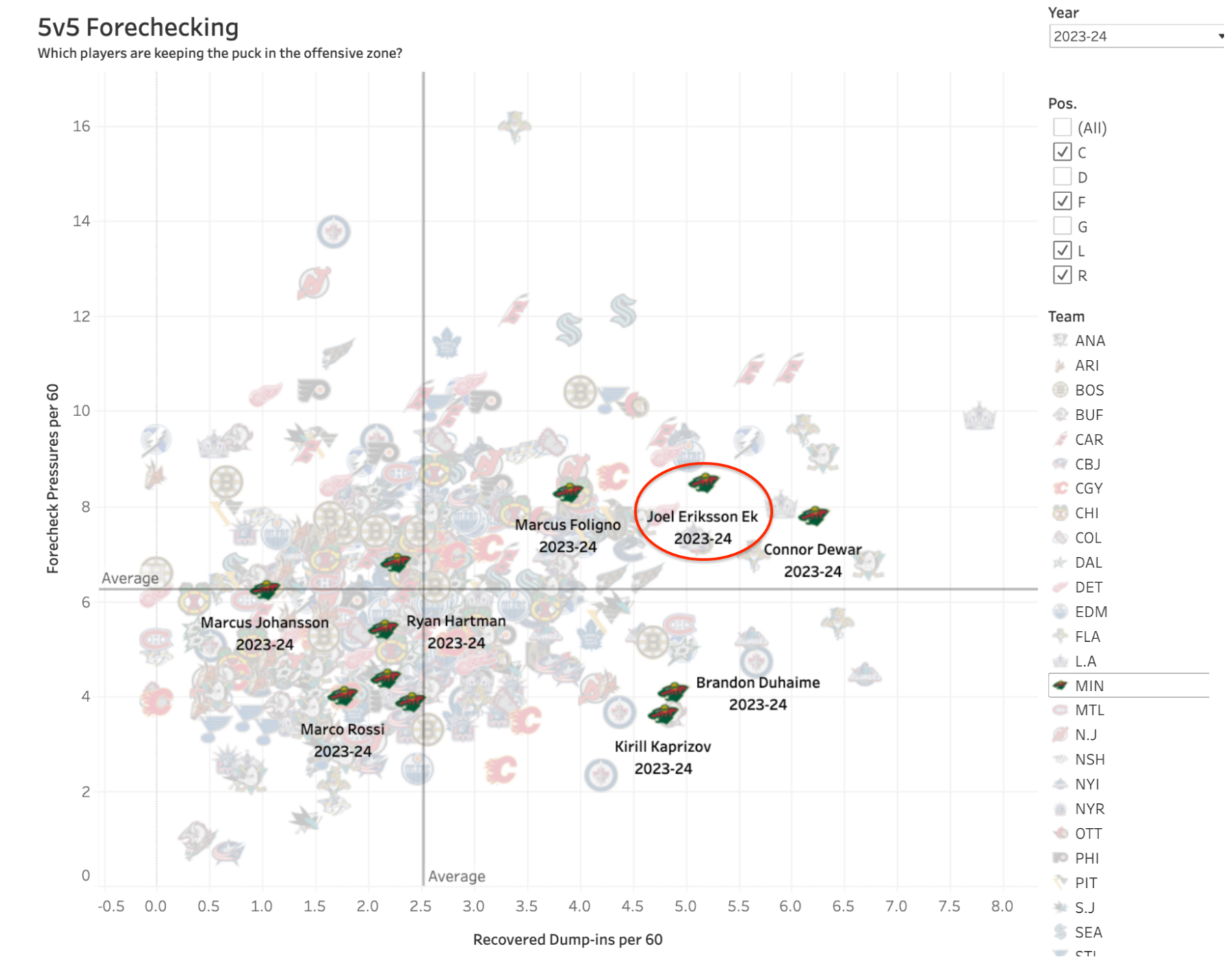
Mats Zuccarello, Ryan Hartman, and Marcus Johansson can play a supporting role. Zuccarello and Johansson are capable of transitioning the puck up the ice. Much like Eriksson Ek, Hartman plays the net-crashing game with pride, creating a lot of havoc.
Foligno and Freddy Gaudreau will be on the fourth line. The Wild should try out Mikey Milne in a secondary shutdown role with Gaudreau and Foligno because his speed and intensity make him difficult to play against. They would be encouraged to play a forechecking game so that they can put the team’s top three lines in position to score more often.
The Wild can mostly roll with their standard pairing combinations on defense: Jonas Brodin and Brock Faber, Jake Middleton and Jared Spurgeon, and Declan Chisholm and Zach Bogosian. However, mixing things up occasionally can also help. For example, they can play Chisholm with Faber to help support forwards on offense. Faber can get the puck out of the zone even when facing pressure and move up ice. Chisholm has a good shot from the point, which he should use often to generate offense. Both can help cycle the puck and get shots on net.
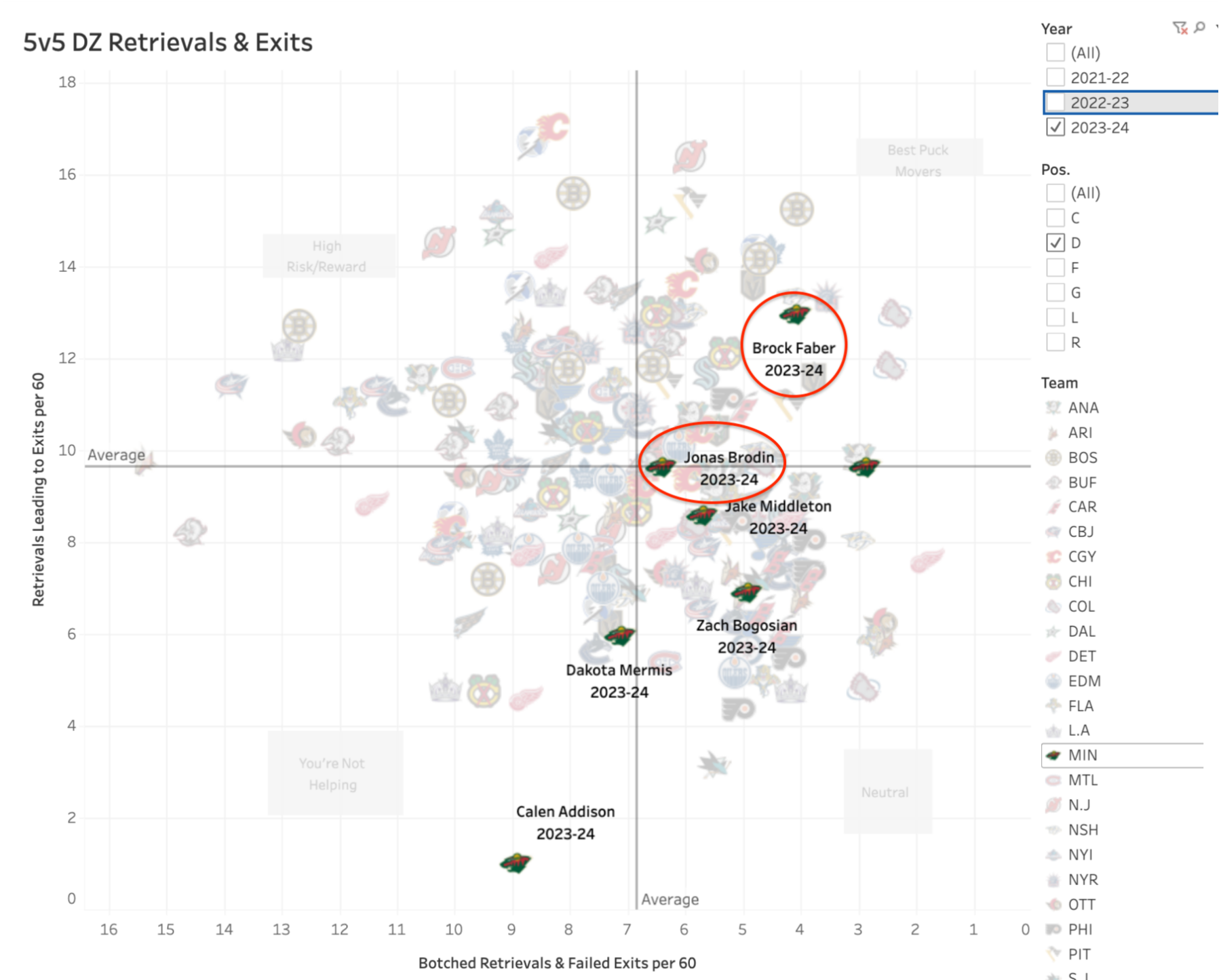
We know that Brodin and Spurgeon make a reliable pair, while still bringing some offense from the blue line. Going all-offense on the first pairing when the Wild start in the offensive zone won’t be a problem. They can switch to Brodin and Spurgeon for defensive zone starts because of how well both exit the zone. That leaves Middleton and Bogosian to be the team’s top penalty-killing unit and shutdown pair.
Even with the perfect combinations and systems, the Wild won’t win all of their games. But if they want to maximize their wins, they need to create a new mindset that involves managing the puck under pressure and protecting the goal line, similar to defending the end zone in football. Some tweaks in personnel, some youth, and an aggressive mindset will allow them to make better transitions and entries. Minnesota won’t become the Colorado Avalanche or the Dallas Stars. Still, they can be a skilled forechecking team that can force turnovers and play positionally sound. That should be enough for a team looking to get back to the playoffs.
Think you could write a story like this? Hockey Wilderness wants you to develop your voice, find an audience, and we'll pay you to do it. Just fill out this form.
-
 1
1



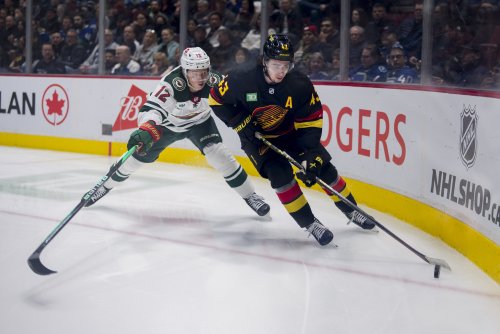
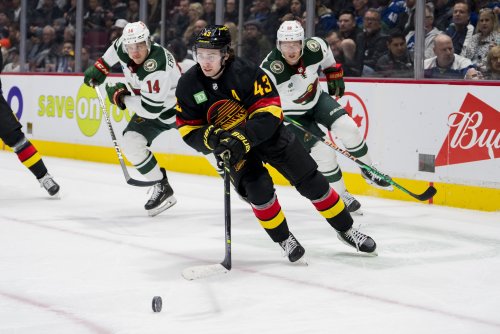



Recommended Comments
Join the conversation
You can post now and register later. If you have an account, sign in now to post with your account.
Note: Your post will require moderator approval before it will be visible.